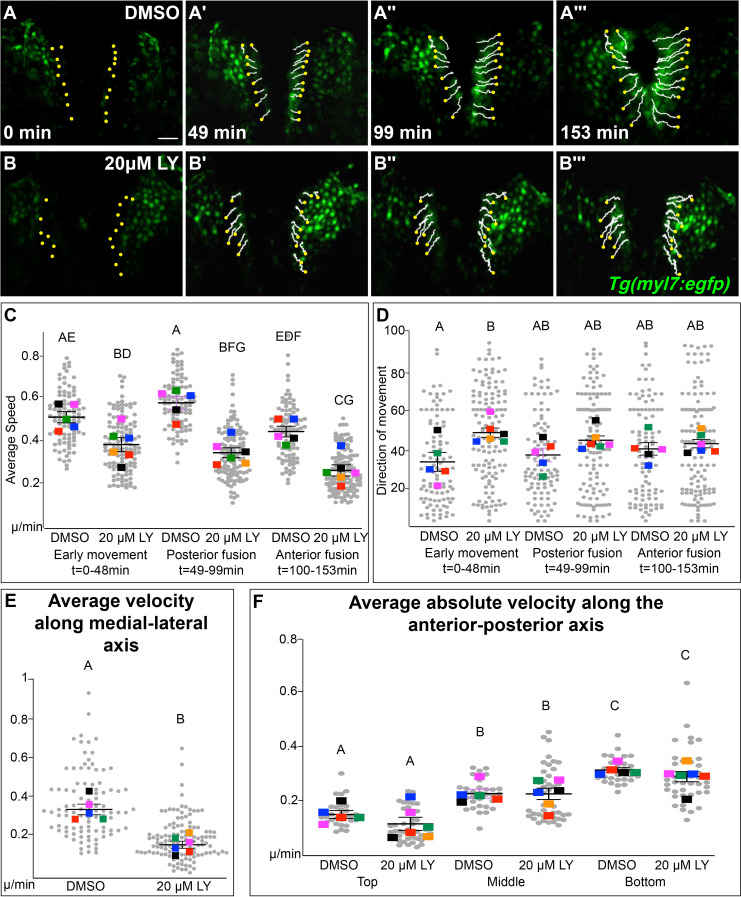Figure 3—figure supplement 2.
- ID
- ZDB-IMAGE-231116-105
- Source
- Figures for Shrestha et al., 2023
Figure 3—figure supplement 2. Phosphoinositide 3-kinase (PI3K) signaling directs myocardial movement during the early stages of cardiac fusion and regulates velocity along the medial-lateral axis.
(

